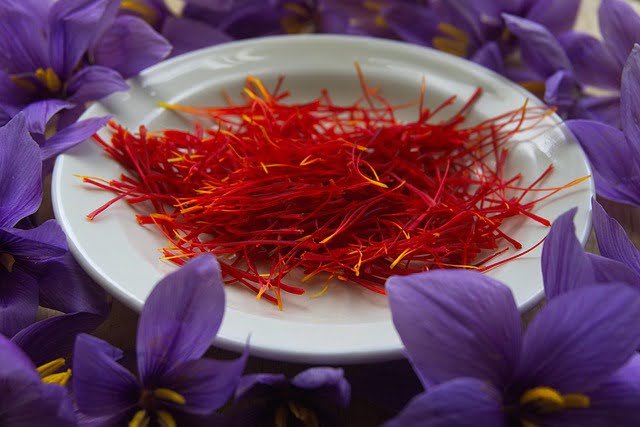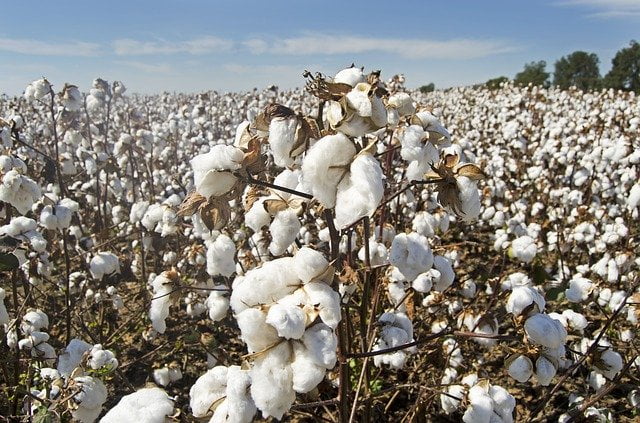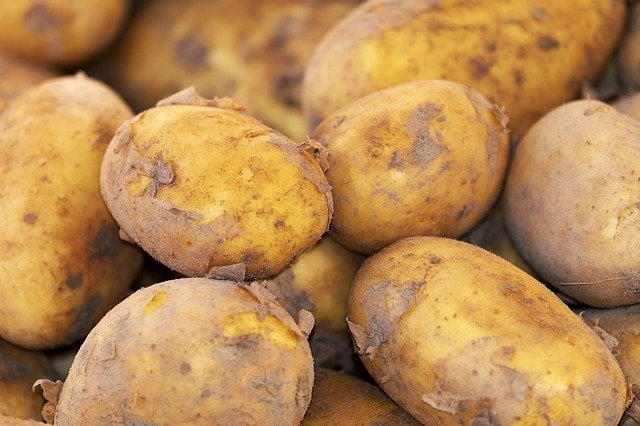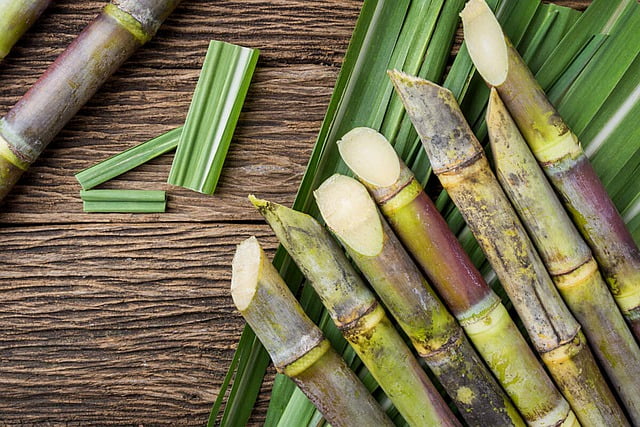Tobacco Cultivation in Pakistan – تمباکو کی کاشت
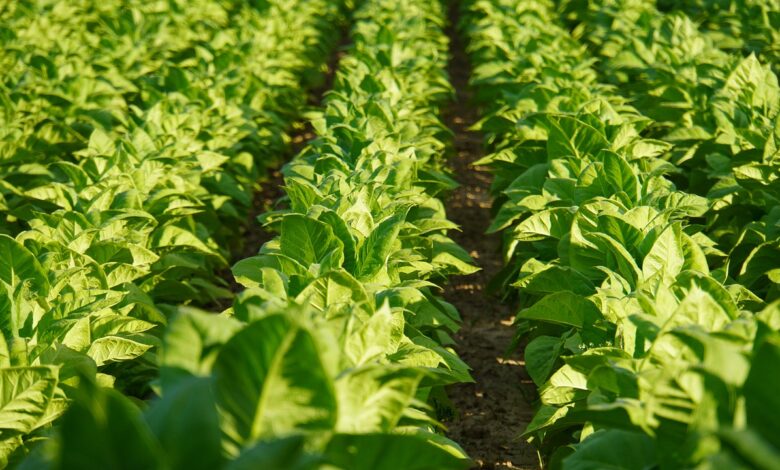
Last updated on November 24th, 2024 at 07:42 pm
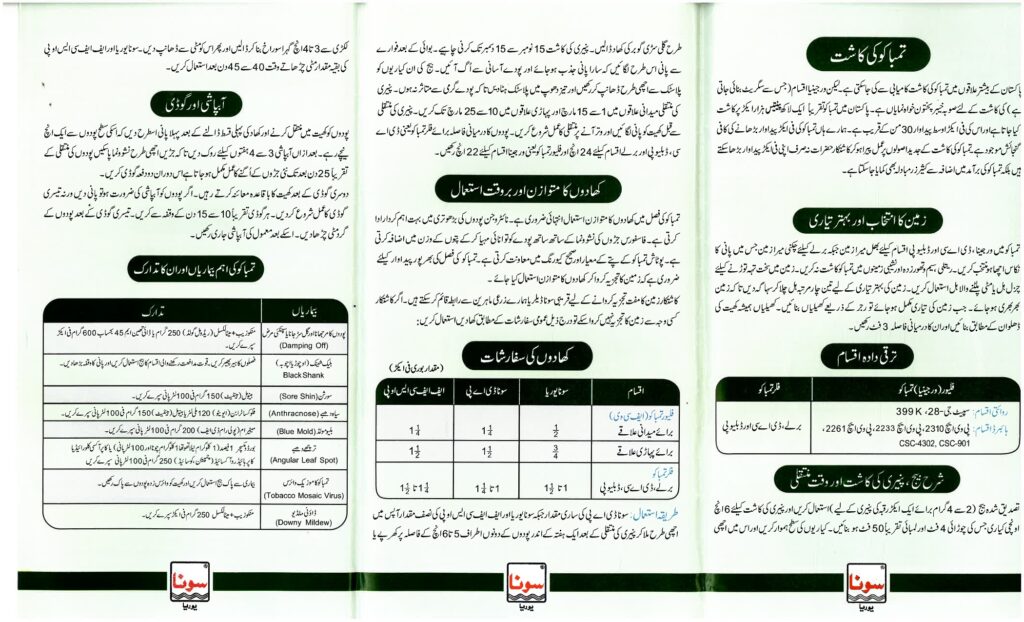
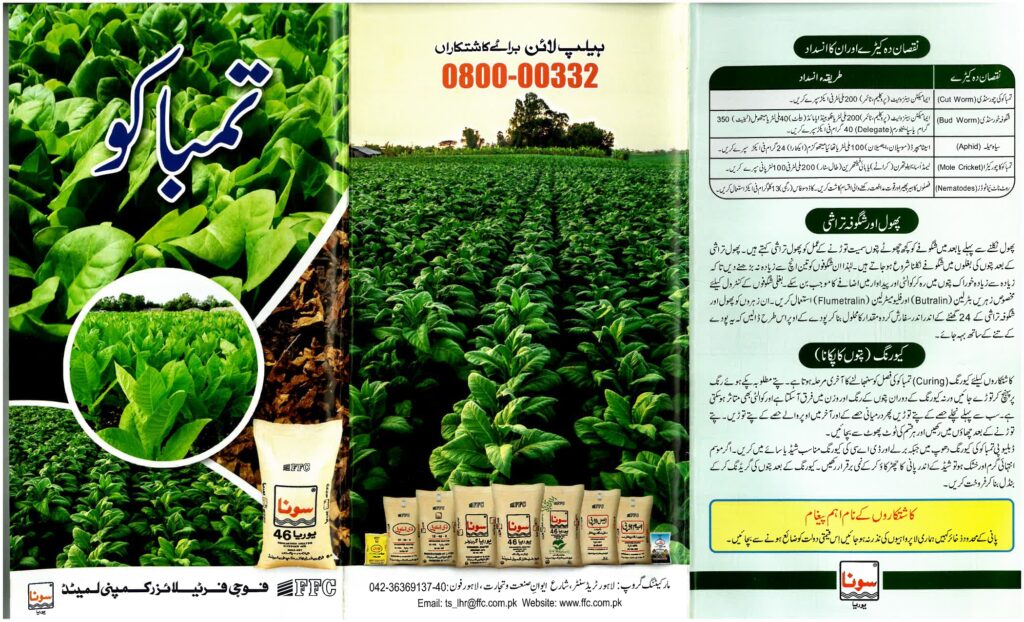
Literature by Fauji Fertilizers Company Limited, Pakistan: Tobacco Cultivation in Pakistan – تمباکو کی کاشت
Tobacco is an important cash crop in Pakistan, contributing significantly to the economy, particularly in rural areas. It is primarily grown in the provinces of Khyber Pakhtunkhwa and Punjab, with some of the production and cultivation in Sindh and Balochistan. Pakistan produces various types of tobacco, which will be discussed in this article, which are used for cigarettes, cigars, and traditional forms of smoking like huqqa. The tobacco cultivation in Pakistan and industry supports thousands of farmers and workers, and the crop thrives in well-drained soils and climates with moderate rainfall.
Pakistan Tobacco Board was established in 1968. The Board has set up research stations at Mardan, Mansehra, Gujrat, Okara and Sahiwal with a zonal office at Lahore and head office in Peshawer. The purpose of these stations is to conduct research, solve local problems and convey information to the growers through the extension staff. The Board is extending the cultivation of tobacco to new suitable areas of the country.
Climate
- Long day plant and grown in winter as Zaid Rabi crop
- 90-110 Days Crop
- Although tobacco is a tropical crop, it can be grown in a wide range of environments. Tobacco seeds require about 210C temperature for germination.
- Crop grows well within temperature of 13-370C
Soil
- Well drained and loamy soil is best for tobacco crop.
- Quality of tobacco is greatly influenced by the soil conditions. Tobacco is adopted to moderately acidic soils with a pH ranging from 5.5-6.5
- Tobacco will not do well in water logged soils as it is sensitive to water logging.
- Salt affected soils are not suitable for tobacco.
- Soil analysis should be done
Major Areas for Tobacco Cultivation in Pakistan
- KPK is the focal area in terms of tobacco related activities in Pakistan. It produces around 3/4th of the tobacco leaf grown in the country, and many of the cigarette manufacturing units are also located in this province.
- Okara, Sahiwal, Toba Tek Singh, Gujrat, Rajanpur and their adjoining regions are major Tobacco Growing areas in Punjab.
- Mardan, Mansehra, Gujrat, Okara and Sahiwal with a zonal office at Lahore and head office in Peshawer

Varieties
1. Desi tobacco: (N.rustica)
- Sufaid (Rustica Swabi, Rustica Hazro, Rustica-a, Rustica-4,5 and 6 are grown in Swabi, Sindh and Mardan areas).
- Kala patta ( Rustica-8, Rustica-9 are grown in Attock district of Punjab.
- SL-85
- Naswar Tobacco is also largely grown in South Punjab especially Rajanpur area.
2. Cigarette Tobacco: (N.tabacum)
G-28, G-52, G-58, G-78, G-140
Flue cured Virginia (FCV), Dark Air cured Virginia (DAC), Burley
3. Huqqa Tobacco
Basically used for Huqqa for local population.
Nursery Sowing
Tobacco seeds are very small and so are not sown directly in the field but are raised in nursery. Red sandy loam soils are preferred for nursery. Selected site for nursery requires 4-5 ploughings and 1-2 planking and organic manure.
Mid October – Mid November is proper time
6-8 g healthy seeds are enough for one hectare tobacco. Some researches show 8 to 12 g seed is required.
Land Preparation
A loamy and well-drained soil is suitable for Tobacco Cultivation in Pakistan, add well decomposed Farm Yard Manure (FYM) @ 5 trollies/ha at least 1-2 months before transplantation. 2-3 cultivator, one rotavator and planking are required for land preparation. Number of cultivations depend on the type and condition of soil but land should be well pulverized.
Transplanting
After land preparation, ridges are make in the month of February at a distance of 3 feet apart and mark the ridges at 2 feet distance with the help of string. After that irrigate the field and transplant the seedlings from nursery to field. The best time for transplantation is from 20 February to 15 March.
4-5 inches seedlings (5-6 Leaves) are ready for transplanting.
Fertilizer Requirements
Based on these compositions, the fertilizer requirements for each type of tobacco are:
- Flue Cured Virginia Tobacco (FCV):
- DAP: 2.61 bags (for 60 kg of N and 60 kg of P)
- SOP/MOP: 1.80 bags of SOP or 1.50 bags of MOP (for 90 kg of K)
- Urea: Additional 0.65 bags (for remaining N)
- Dark Air Cured Virginia Tobacco (DAC):
- DAP: 4.35 bags (for 100 kg of N and 80 kg of P)
- SOP/MOP: 1.60 bags of SOP or 1.33 bags of MOP (for 80 kg of K)
- Urea: Additional 1.74 bags (for remaining N)
- Rustica (Mulki/Naswr Tobacco):
- DAP: 2.17 bags (for 100 kg of N and 40 kg of P)
- SOP/MOP: 0.80 bags of SOP or 0.67 bags of MOP (for 40 kg of K)
- Urea: Additional 2.17 bags (for remaining N)
- Brley Tobacco:
- DAP: 2.61 bags (for 60 kg of N and 60 kg of P)
- SOP/MOP: 1.20 bags of SOP or 1.00 bags of MOP (for 60 kg of K)
- Urea: Additional 0.65 bags (for remaining N)
- Huqqa Tobacco:
- DAP: 4.35 bags (for 100 kg of N and 80 kg of P)
- SOP/MOP: 1.60 bags of SOP or 1.33 bags of MOP (for 80 kg of K)
- Urea: Additional 1.74 bags (for remaining N)
Fertilizer Application Timing
- For N:P Fertilizers: Apply within the first 15 days after transplanting.
- For Other Fertilizers: Apply all phosphatic and potassium fertilizers as a basal dose at the time of planting, and nitrogen in split doses as the crop grows.
Irrigation
10–12 Irrigations Required for Tobacco Cultivation in Pakistan. After planting, the crop does not require much water for the first 4-6 weeks as it is small. The crop is usually water stressed during this time to develop a large root system. After this, crop grows rapidly and it is important that water is not lacking.
Stress period is the period between first irrigation and set-in irrigation that lasts from 28 to 45 days depend on weather conditions. After set-in irrigation irrigate the field every week. Each Irrigation at 7-10 days intervals.
Irrigation depends on the seasonal conditions and soil type. After topping, harvesting begins and the irrigation requirement of the crop is reduced due to reduced leaf area as leaves are harvested.
Insects Pets & Diseases during Tobacco Cultivation in Pakistan
Tobacco crops are susceptible to a variety of insects, pests, and diseases that can significantly impact yield if not managed properly. The major insects that attack tobacco include Cutworm, Budworm, Aphids, and Whitefly. To control these pests, agrochemicals commonly used in Pakistan include Bifenthrin for Cutworm, Emamectin for Budworm, Imidacloprid for Aphids, and Acetamiprid for Whitefly. Timely application of these insecticides can prevent infestations and reduce damage to the crop.

In addition to pests, tobacco crops are prone to several diseases such as Black Shank, Root-knot Nematode, Sore Shin, Powdery Mildew, and Tobacco Mosaic Virus (T.M.V.). Diseased plants should be promptly uprooted and either burned or buried away from the field to prevent the spread of infection. Implementing proper crop rotation and adopting good cultural practices can also help mitigate the risk of disease. In cases of severe outbreaks, the application of recommended fungicides is necessary to control the spread of diseases.
1. Black Shank (Phytophthora nicotianae)
- Fungicides:
- Metalaxyl or Mefenoxam: These systemic fungicides are effective in controlling Black Shank. They can be applied as a soil drench or foliar spray.
- Mancozeb: A broad-spectrum fungicide that can also help manage this disease when used preventively.
2. Root-knot Nematode (Meloidogyne spp.)
- Nematicides:
- Rugby: One of the best method to control Nematodes
- Carbofuran: A granular nematicide that is applied to the soil to control nematodes.
- Oxamyl: This is both a systemic insecticide and nematicide that can be used to manage nematodes affecting tobacco roots.
- Fenamiphos: A highly effective nematicide for controlling root-knot nematodes.
3. Sore Shin (Rhizoctonia solani)
- Fungicides:
- Thiram: This seed treatment fungicide helps prevent Sore Shin by protecting seedlings from fungal infections.
- Azoxystrobin: A strobilurin fungicide used as a soil treatment to manage diseases caused by Rhizoctonia species.
- Flutolanil: Effective in controlling soil-borne diseases, including Sore Shin, by inhibiting fungal growth.
4. Powdery Mildew (Erysiphe cichoracearum)
- Fungicides:
- Sulfur-based fungicides: Commonly used to control powdery mildew in tobacco.
- Tebuconazole: A systemic fungicide effective in controlling powdery mildew.
- Triadimefon: A fungicide from the triazole group, useful for managing powdery mildew.
5. Tobacco Mosaic Virus (T.M.V.)

- Management:
- No specific chemical control is available for viruses like T.M.V. The best approach is to uproot and destroy infected plants, use virus-free seeds, and implement strict hygiene measures. Crop rotation and planting resistant varieties can also help.
Topping/ Desuckering:
Tobacco normally flowers during March and April. To maximize leaf production and encourage leaf ripening, it is necessary to remove the flower. This is known as topping. Topping done when 50-60 % plants start initial flowering.
Topping increases the size and weight of leaves, increasing the overall yield per hectare.
New shoots rapidly appear after topping. These are known as “suckers”. Suckers are controlled by manually breaking them off and through the application of “suckercides”. This is known as desuckering.
Harvesting: Tobacco Cultivation in Pakistan
Harvesting is done in May-June. The whole plant of desi tobacco is harvested and sun dried for 2-3 days. Tobacco leaves ripen 2-3 leaves in each week for Tobacco Cultivation in Pakistan.
Curing
Curing is a carefully controlled process used to achieve the texture, color and overall quality of a specific tobacco type. During the process, leaf starch is converted into sugar, the green color vanishes and the tobacco goes through color changes from lemon to yellow to orange to brown, like tree leaves in autumn.
Major Methods of Curing
The three curing processes commonly used in Pakistan are:
1) Air-Curing
Air cured tobacco, for example Burley, is hung in unheated, ventilated barns to dry naturally until the leaf reaches a light to medium brown colour. At this point, there are virtually no sugars left in the leaf.
2) Flue-Curing
- Heat is introduced into a barn via pipes from an exterior furnace like radiators connected to a central heating system.
- This controlled heat allows the leaves to turn yellow/orange, at which point the process is complete.
- These leaves now contain a high amount of sugar. Virginia tobacco is flue-cured.
3) Sun-Curing
- Leaves are strung out on racks and exposed to the sun. It takes from 12 to 30 days. The sun’s direct heat cures the leaves to a yellow to orange colour with high sugar content.
- After curing, the farmer grades the leaves into different leaf positions, qualities and colors and packs his grades into bale of 30-50kg. He then brings his bales to our leaf buying depots for sale from where it is sent to our Green Leaf Threshing Plant for further processing.
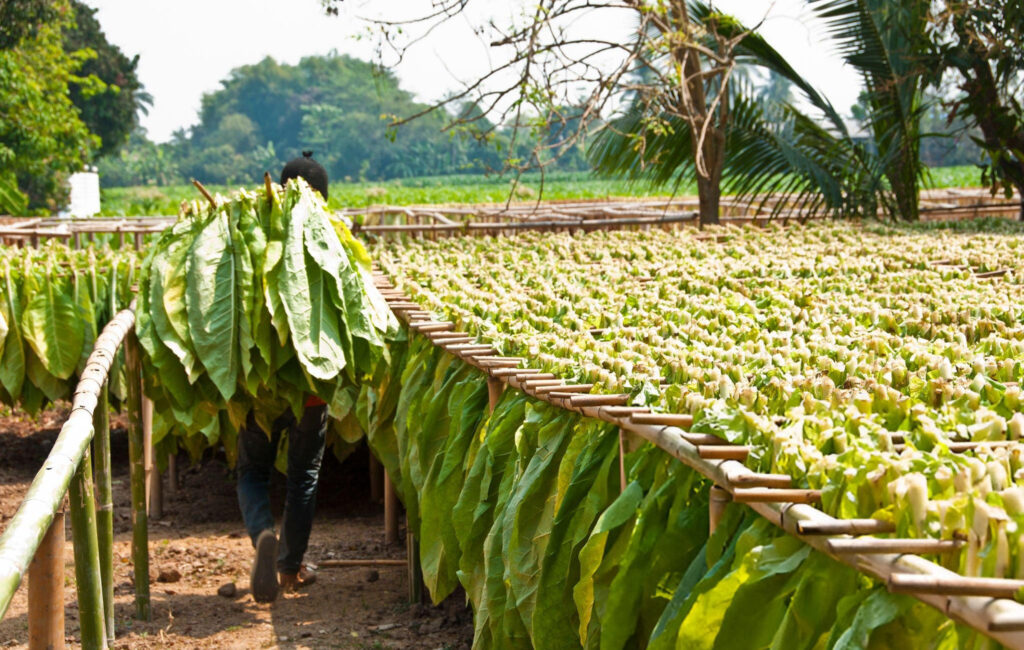
Yield for Tobacco Cultivation in Pakistan
Moisture should be in the range of 11-13 %.
Flue-Cured Virginia Tobacco:
- Yield: Around 2,000 to 2,500 kg/ha.
- This variety is grown primarily for its high-quality leaves, which are used in cigarettes.
Dark Air-Cured Virginia Tobacco:
- Yield: Around 2,000 to 3,000 kg/ha.
- This type is air-cured and is often used for cigars and some chewing tobaccos.
Rustica (Mulki Tobacco):
- Yield: Around 1,500 to 2,200 kg/ha.
- This is a traditional variety often used for local consumption and sometimes in chewing or snuff.
Burley Tobacco:
- Yield: Around 2,200 to 3,000 kg/ha.
- Known for its light air-cured leaves, Burley is widely used in cigarette blends.
Huqqa Tobacco:
- Yield: Around 1,800 to 2,500 kg/ha.
- Grown for its use in hookah (huqqa) smoking, this variety is popular in regions where hookah tobacco is in demand.

Also check out more Cash Crops of Pakistan here
